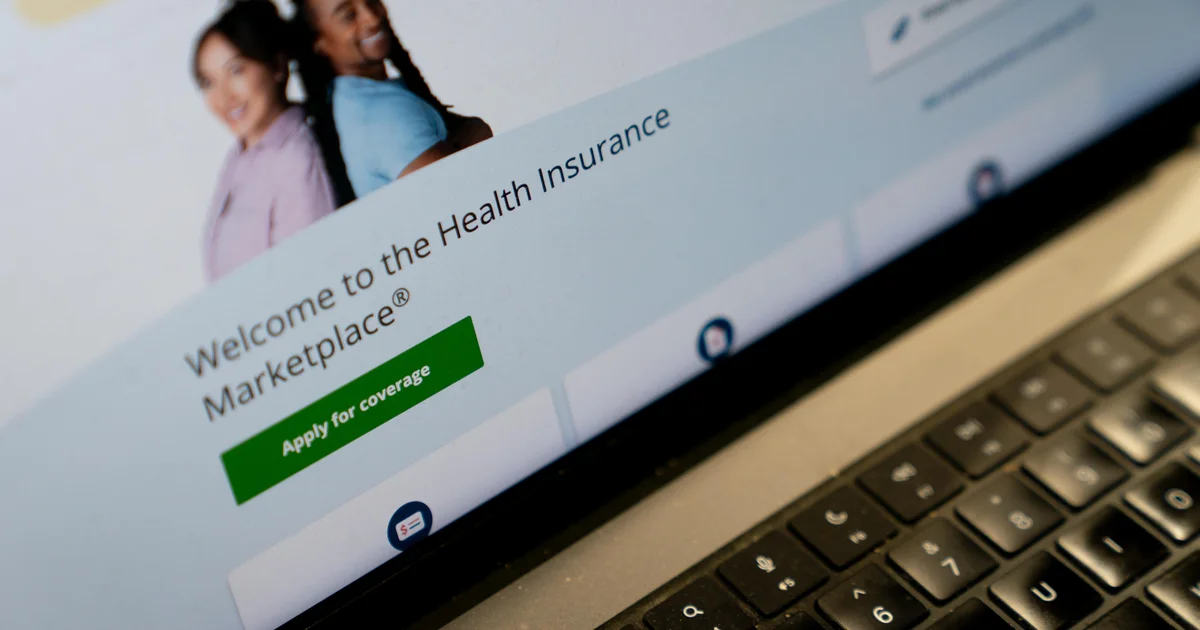Copyright CBS News

The Affordable Care Act marketplaces opened for enrollment on Nov. 1, with the average premium for a mid-level insurance plan surging 26% this year to $625 per month, according to nonprofit health research firm KFF. That jump — the biggest increase in ACA plan rates since 2018 — is causing sticker shock for some people who rely on the program for health insurance coverage. "I've been hearing stories about the price increases, so I've been dreading this week," Jeremy Tolbert, a 47-year-old web developer in Lawrence, Kansas, told CBS News. When he logged into his state's marketplace, he was dismayed to find out that his current plan's monthly premium is set to rise to $2,600 a month next year, up from $2,200 a month in 2025. That doesn't include higher cost-sharing for his family, such as a larger out-of-pocket maximum for 2026, meaning he's facing higher costs on both ends for the same coverage for himself, his wife and their 11-year-old son. "I already pay a significant portion of my income for this insurance," he noted. "What the hell am I paying for at this point?" Roughly 24 million Americans get their health insurance through an ACA plan. The 26% premium hike for so-called ACA silver plans reflects what insurers are charging consumers buying plans via the marketplaces. Millions of Americans currently pay below the ACA's market rates because of premium tax credits, KFF said. Those credits are set to expire at the end of 2025 — a looming deadline that has contributed to the ongoing U.S. government shutdown, as Democratic lawmakers push for Republicans to agree to an extension. The roughly 22 million people who currently rely on the premium tax credits could see their ACA plan costs more than double in 2026, KFF estimates. Even those who don't qualify for the credits, as in Tolbert's case, face sharply higher health insurance costs next year, KFF said. The main factors behind that increase are increased demand for costly treatments, such as GLP-1 drugs for weight loss; higher prices from hospitals and other providers; and insurer projections that millions of people could drop their coverage next year when the premium tax credits expire, said Cynthia Cox, vice president and director of KFF's program on the ACA. "The biggest factor is that health care costs for everybody are going up," Cox told CBS News. "That's driven by the underlying health care costs, hospital costs, doctor visits and drugs." "The last time we saw premium increases like this was 2017, going into 2018, when we were talking about ACA 'repeal and replace,'" a period during President Trump's first term when he sought to roll back the Affordable Care Act, she added. Higher ACA insurance costs could spur some people to go without coverage, said Julie Margetta Morgan, president of The Century Foundation, a nonpartisan think tank, and a former official at the Consumer Financial Protection Bureau during the Biden administration. "Some will have to go to skimpier plans," she noted in a recent conference call organized by left-leaning economic advocacy group Groundwork Collaborative to discuss the ACA premium tax credit expiration. "Deductibles are going up as well ... [consumers] will be heading into next year with bigger out-of-pocket expenses." For some people, going without health coverage might seem like a financial necessity in the face of sharply higher ACA plan costs in 2026, but ultimately could prove ruinous, KFF's Cox said. "It's like gambling with your health and your wallet," she added. "You don't know what will happen." In the meantime, Tolbert expressed concern that ACA insurance may become unaffordable for his family if premiums continue to increase at the same pace. That could push him or his wife, who currently stays at home with their son, to look for a job with a bigger employer to secure health insurance, he noted. "At this rate, I have one to three more years before I can no longer afford a plan," he said.



